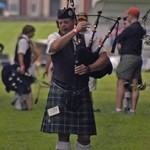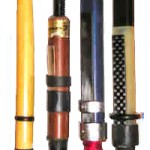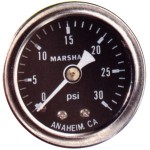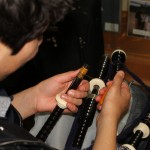Think Like Your Bagpipe: Drone Tuning Tip That Will Shave Hours Off Your Tuning Time
Drone tuning is tricky business! For those of us that are new to the world of drone tuning, it can literally take 5 or more minutes to get our drones in tune! Even for more experienced tuners, I want to stress how important it is to take into consideration the changes that are happening to your chanter reed while you’re up there trying to get your drone reeds in tune.
[image to the left from http://www.kilberry.com/maintenance-drones.html]
Before I learned to think like my bagpipe, I would often find that, after spending large amounts of time getting my drones just PERFECT, I would go back down to my low A and find that, despite my wall-of-sound drones being well tuned, they were no longer in with the chanter! What happened?
The basic answer is this: Your chanter increases in pitch as you play. The temperature inside your bag increases, which allows your chanter reed blades to vibrate more freely. There are other factors that effect just how much your reed changes over time (moisture is probably the biggest factor), but it is important to at least take the pitch issue into account before you go about fine-tuning your drones.
Here is my routine, to avoid this problem:
Step 1: I get my pipes out, and ROUGHLY tune my drones. I’m not worried about being precise yet. I just want my pipes to sound tolerable while I begin to settle them in.
Step 2: Only after 5-10 minutes of non-stop playing do I attempt to “fine tune” my drones. This amount of time has allowed the temperature inside my bag to rise, and begin to settle out to a (somewhat) constant level.
Step 3: As soon as I stop playing my pipes, I know that steps 1 and 2 will need to be repeated when I start up again. Even 30 seconds of down time, and I have allowed the temperature inside my bag to drop again.
Of course, you’ve got to make sure your pipes are set up well to begin with. Have a look at the previous post on drone reeds: CLICK HERE
 Pipehacker
Pipehacker








